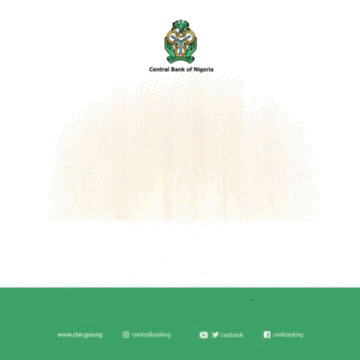Health
Facial Paralysis, Deafness: Why You Should Not Apply Cotton Swabs to Clean Your Ears

Using cotton swabs to clean inside your ears can result in ear problems such as earwax impaction, injury, and infection. If you must clean your ears, first soften the earwax before irrigating them with warm water and allowing them to drain. Never insert an object into your ear, such as a cotton swab.
According to Yu-Tung Wong, MD Otolaryngology, using a cotton swab like a plunger in the ear canal pushes earwax deeper and deeper in. One problem is that if you push the wax deeper inside, there’s no way for the wax to get swept out of the ear.
Also, cotton swabs can cause punctured ear drums and hearing loss. In severe cases, the cotton swab can damage many sensitive structures behind the ear canal and cause complete deafness, prolonged vertigo with nausea and vomiting, loss of taste function, and even facial paralysis.
Dr Wong also reveals, “Every patient who uses cotton swabs emphasizes that they are very careful about limiting the depth of insertion. However, accidents are called accidents for a reason.
“A patient was recently referred to me after she put a cotton swab in her ear and accidentally bumped it, pushing the swab deep into the ear canal, which caused immediate pain and bleeding. Her ear drum was almost completely destroyed, with only a tiny sliver remaining.
“Fortunately, her internal hearing organs were not damaged, so we can perform surgery to replace her eardrum and improve her hearing. If the cotton swab had gone a few millimeters deeper, she may have lost all of her hearing permanently.”
So, what’s the best way to get rid of earwax?
Earwax, also known as cerumen, is a natural substance that your body makes and has many beneficial properties—it is slightly acidic, which helps fight bacteria and fungus in the ear, and it’s slightly oily, which provides a waterproof barrier for the ear canal skin.
You usually don’t need to ever clean wax out of your ears because there’s a natural cleaning system in the ear canal that sweeps earwax out like a conveyor belt. Even if there is a lot of wax, you can have up to 90% of your ear canal blocked and still be able to hear clearly, since you only need a small pinhole for sound to travel through.
In some situations, the ear does make an excessive amount of wax or earwax buildup occurs for some other reason. In those cases, primary care physicians often use an ear lavage, where warm water is flushed into the ear canal to gently wash away the wax. This works well for many patients, but physicians take particular caution if the patient has a hole in the ear drum or an active infection, as excess water can cause pain and drainage.
Several home-care earwax systems use a gentle liquid in a syringe to flush out the ear canal. While generally safe to use, these home-care systems sometimes cause earwax to melt, and then residual earwax can re-solidify inside the ear canal like cement against the ear drum.
Such cases require careful removal by an ear, nose, and throat (ENT) provider.
Send Us A Press Statement Advertise With Us Contact Us
And For More Nigerian News Visit GWG.NG


